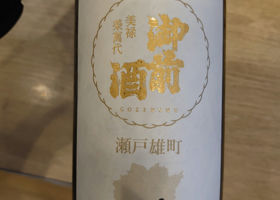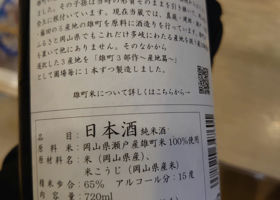

sss
Cold to room temperature...
The third in a three-part series? ...this time in the region of origin.
While the basic specs such as the rice polishing ratio and the yeast used are arranged, the sake brewing is aimed at "letting the rice do the work, not aiming at it", and the fermentation is left to the potential of the rice without deliberately trying to control the temperature process or the number of days of the sake. By reflecting the characteristics of the region from the soil to the fermentation, you can feel the individuality and difference of the rice itself.
Common to all three types (specifications)
Sake quality: Junmai-shu (heated once in the bottle)
Brewing year: 2020 sake brewing year
Rice polishing ratio: 65
Yeast used: Kyokai No. 9
Alcohol content: 15 degrees
You can feel the solidity from the very beginning of drinking.
The aroma is a little reserved and the bitterness is a little strong.
The bitterness is a little strong, but the umami can be felt most clearly.
Personal rating 7/10
100% Omachi produced in Seto, Okayama Prefecture
Sake degree +4, Acidity 1.8, Amino acidity 1.2".
Japanese>English